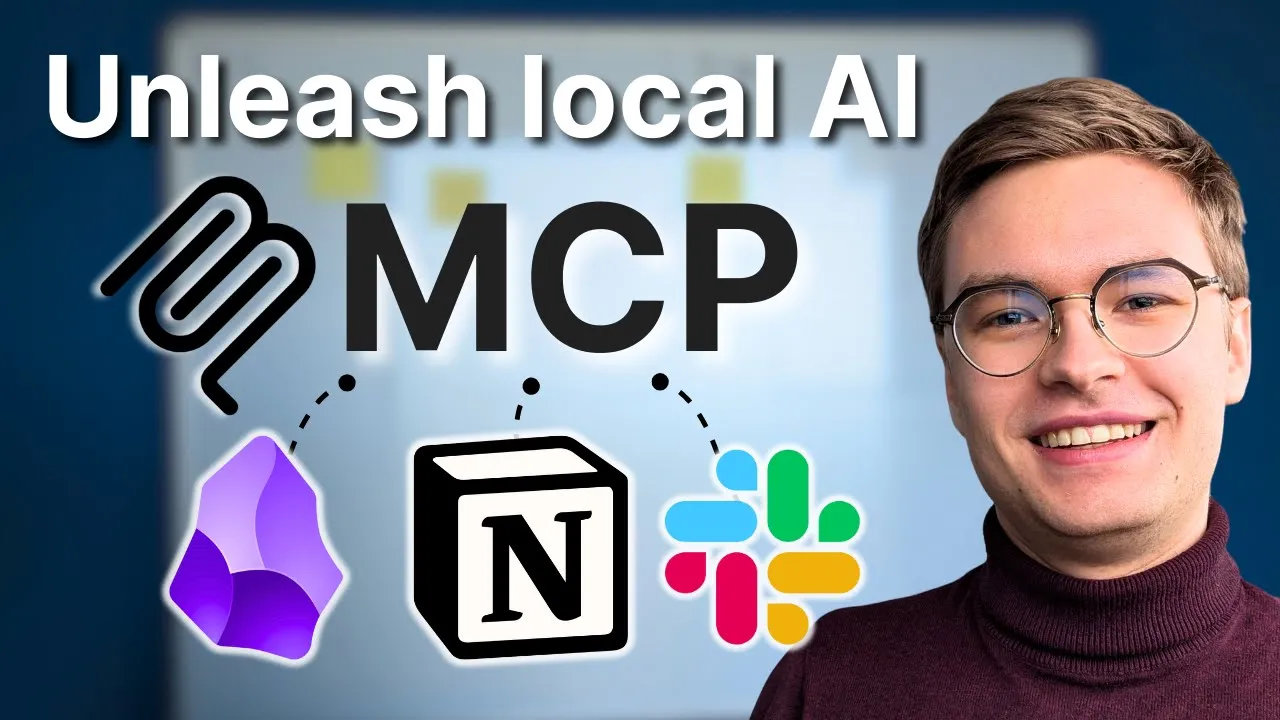Extending AI Capabilities Through Tool Use
The evolution of artificial intelligence is increasingly defined not just by what models know, but by what they can do. While larger and more sophisticated AI models continue to emerge, a parallel revolution is taking place in how these models interact with the world around them. This revolution centers on the concept of “tool use” — the ability of AI systems to leverage external tools and services to accomplish tasks beyond their inherent capabilities.
The Concept of AI Tool Use
At its core, AI tool use represents a fundamental shift in how we think about artificial intelligence. Rather than expecting a single model to handle every possible task, tool use embraces a more modular approach where:
- The AI model focuses on understanding, reasoning, and decision-making
- External tools provide specialized functionality, data access, and action capabilities
- A standardized interface allows the AI to determine when and how to use these tools
This approach mirrors human problem-solving, where we regularly use tools to extend our natural capabilities. Just as humans use calculators for complex math or reference books for specialized information, AI systems can use external tools to transcend their built-in limitations.
Function Calling: The Foundation of Tool Use
The technical foundation of AI tool use is a capability known as “function calling.” This allows an AI model to:
- Recognize when a task requires external capabilities
- Select the appropriate function or tool for that task
- Format a request with the necessary parameters
- Process the results returned by the function
For tool-enabled models, this capability transforms their role from simply generating text to orchestrating a network of specialized capabilities, dramatically expanding what they can accomplish. This orchestration approach is a key component of AI agent development, where systems coordinate multiple capabilities to solve complex problems.
Expanding Local AI Capabilities
Local AI models, while offering privacy advantages, have traditionally been limited by:
- Fixed knowledge as of their training date
- Inability to access current information
- Limited computational capabilities
- Lack of domain-specific functionality
Tool use directly addresses these limitations by creating bridges to external capabilities while maintaining the core AI processing on local hardware. This creates a “best of both worlds” scenario where privacy is preserved while capabilities are expanded.
The Strategic Value of Specialized Services
One of the most powerful aspects of tool-using AI is the ability to connect general-purpose models with highly specialized services. This creates several strategic advantages:
- Specialized tools can evolve independently of core AI models
- Domain experts can create tools without needing AI expertise
- Users can customize their AI capabilities by selecting relevant tools
- New capabilities can be added without retraining the base model
This approach creates a more adaptable and extensible AI ecosystem where capabilities can grow organically based on user needs.
Real-World Applications
The practical applications of tool-using AI span numerous domains:
- Knowledge management systems that can analyze, connect, and synthesize personal information
- Development environments where AI can interact with codebases, documentation, and testing tools
- Research assistants that can access specialized databases and analytical tools
- Personal productivity systems that coordinate across multiple applications and services
In each case, the combination of AI reasoning with specialized tools creates capabilities greater than either component could provide independently.
From Tools to Knowledge Systems
As tool use becomes more sophisticated, we can envision AI systems evolving into comprehensive knowledge systems that:
- Maintain an understanding of available tools and their capabilities
- Learn which tools are most effective for different types of tasks
- Chain together multiple tools to accomplish complex objectives
- Generate insights by combining information from diverse sources
This evolution represents a shift from AI as a standalone technology to AI as an integrative force that connects and coordinates specialized capabilities.
Building an AI-Tool Ecosystem
For developers and organizations looking to leverage tool-using AI, several strategic considerations emerge:
- Creating clear, well-documented interfaces for tools
- Defining appropriate boundaries between AI reasoning and tool functionality
- Ensuring security and privacy in cross-system interactions
- Designing for extensibility and composability
These considerations lay the groundwork for a robust ecosystem where tools and AI models can evolve in parallel while maintaining interoperability. Understanding how to integrate tools with AI agents becomes essential for developers looking to build sophisticated tool-enabled AI systems.
To see exactly how to implement these concepts in practice, watch the full video tutorial on YouTube. I walk through each step in detail and show you the technical aspects not covered in this post. If you’re interested in learning more about AI engineering, join the AI Engineering community where we share insights, resources, and support for your journey. Turn AI from a threat into your biggest career advantage!

